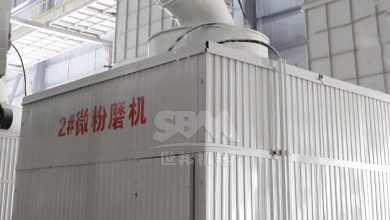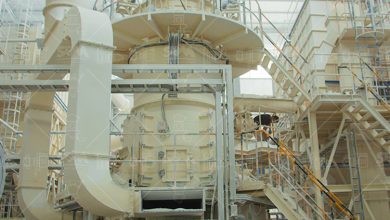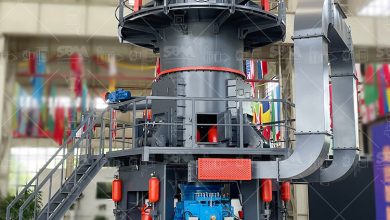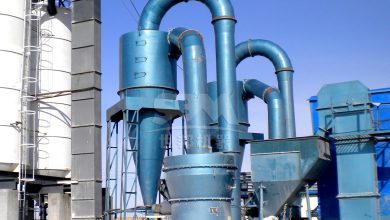How to Verify the Performance of High-Efficiency Grinding Mills
Introduction
In the mining and mineral processing industries, grinding mills play a pivotal role in reducing particle size and improving material reactivity. Verifying the performance of high-efficiency grinding mills is essential to ensure optimal operation, energy efficiency, and product quality. This article provides a comprehensive guide on performance verification methods, with insights into ZENITH’s cutting-edge grinding solutions.
Key Performance Indicators (KPIs) for Grinding Mills
To accurately assess grinding mill performance, the following KPIs should be monitored:
- Grinding Efficiency: Measured as energy consumption per ton of processed material (kWh/t).
- Product Fineness: Particle size distribution (PSD) using laser diffraction or sieve analysis.
- Throughput Capacity: Tons of material processed per hour (t/h).
- Wear Rate: Consumption of grinding media and liners (g/t).
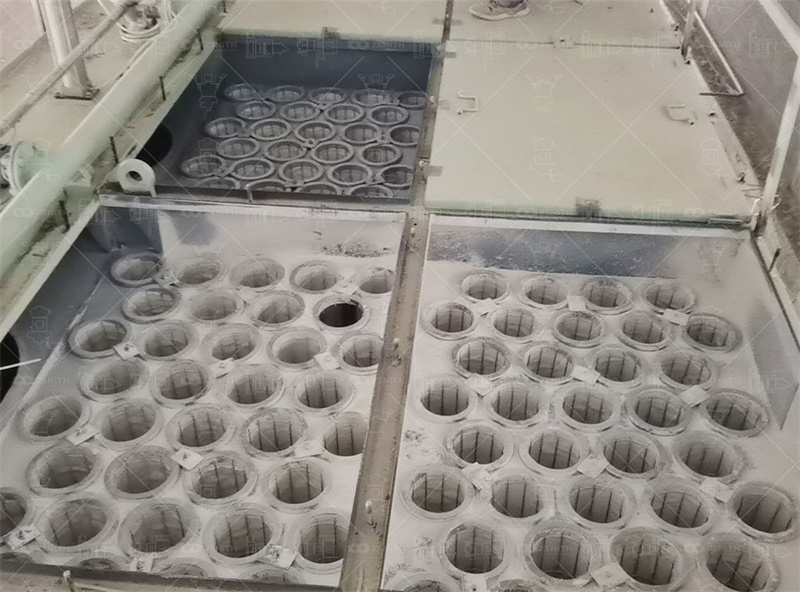
Performance Verification Methods
1. Laboratory-Scale Testing
Before full-scale deployment, conduct Bond Work Index tests to determine the ore’s grindability. ZENITH’s XZM Ultrafine Mill demonstrates exceptional results in lab tests, achieving D97 ≤5μm with 30% lower energy consumption compared to conventional mills.
2. In-Process Monitoring
Implement real-time monitoring systems to track:
- Motor current/power draw variations
- Vibration levels (mm/s) using accelerometers
- Temperature gradients across grinding zones
3. Product Quality Analysis
For precision grinding applications like those handled by ZENITH’s MTW Series Trapezium Mill, utilize:
- Laser particle analyzers for 0.1-2000μm range
- BET surface area measurements for ultrafine powders
- Morphology analysis via SEM imaging
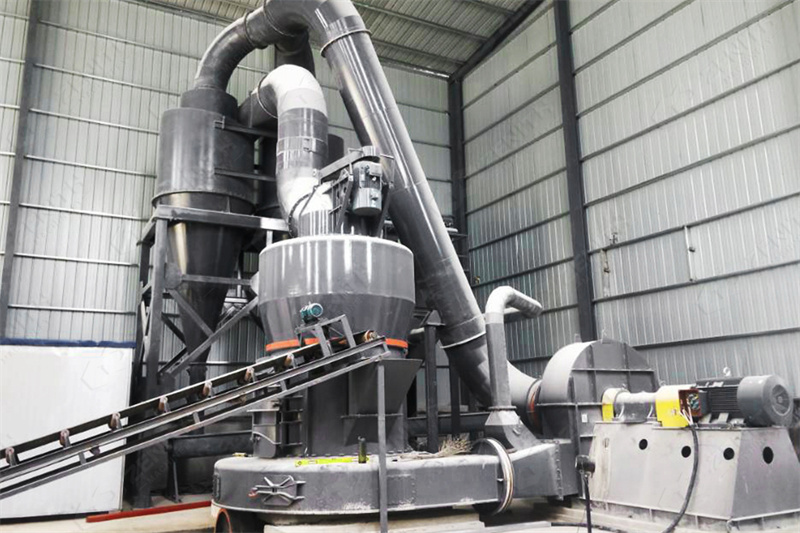
Advanced Verification Techniques
Computational Modeling
Discrete Element Method (DEM) simulations can predict:
- Media trajectories in ball mills
- Stress distributions in vertical roller mills
- Classification efficiency in air separators
Thermographic Analysis
Infrared cameras detect abnormal heat patterns indicating:
- Bearing failures (temperature >85°C)
- Inefficient grinding (uneven thermal profiles)
- Lubrication deficiencies
ZENITH’s High-Performance Grinding Solutions
With 30+ years of engineering excellence, ZENITH offers two industry-leading solutions:
1. XZM Ultrafine Mill (45-5μm)
Key features for performance verification:
- Integrated particle size feedback system
- Energy monitoring at 0.5% accuracy
- Modular design for quick wear part inspection
2. MTW Series Trapezium Mill (600-45μm)
Verification advantages:
- Patented curved air duct for consistent airflow
- 98% efficient gear transmission with torque monitoring
- Smart pressure adjustment for wear compensation
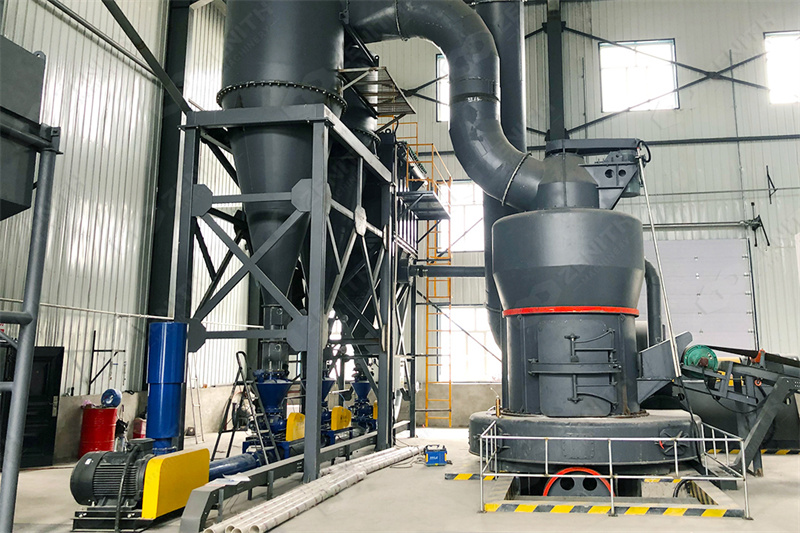
Conclusion
Comprehensive performance verification ensures grinding mills operate at peak efficiency. ZENITH’s advanced mills incorporate verification-friendly designs with real-time monitoring capabilities, backed by our global service network covering 170+ countries. For operations requiring verified high-efficiency grinding, the XZM and MTW series represent proven solutions with measurable performance advantages.


